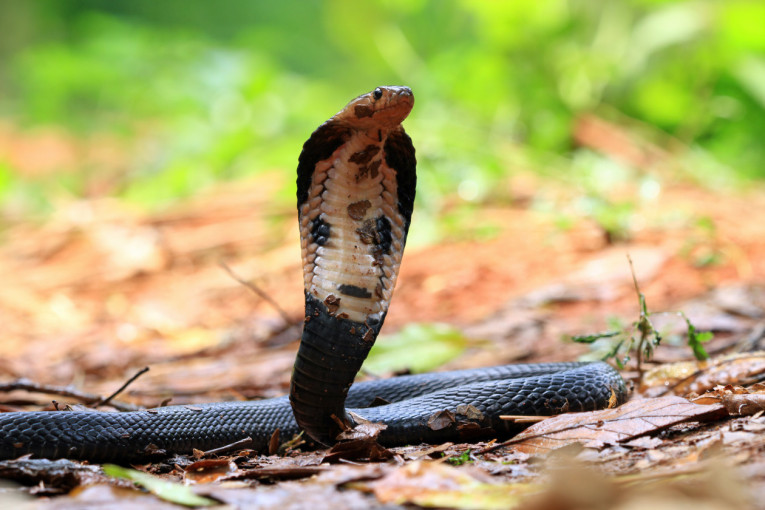
Don’t underestimate the impact of snake bites. A quarter of snakebite cases in Indonesia come from venomous snakes. Unfortunately, not all hospitals or Health Departments have antivenom available for every snake species.
Out of 370 snake species, certain snake bites pose risks of morbidity and fatality, including the Javan spitting cobra, king cobra, and various snake species from Papua.
Dr. Tri Maharani, a researcher on snakebite impacts from the Health Development Policy Agency, Ministry of Health, stated that from 2018 to 2023, the most common snakebite cases were from the Javan spitting cobra (Naja sputatrix). The venom from this cobra causes necrosis and swelling, is cardiotoxic, and is neurotoxic.
“There are two cobra species in Indonesia, the Javan cobra and the Sumatran cobra (Naja sumatrana). However, antivenom from Thailand and Australia is not available. So, we have to produce it ourselves,” Dr. Maharani said during a public lecture titled “Recognizing Travel Risks Related to Poisonous Animal Bites” on Wednesday (Mar. 20) at the UGM Faculty of Medicine, Public Health, and Nursing (FK-KMK UGM).
She explained that the Javan cobra is endemic to Java, Bali, Madura, Lombok, Sumbawa, Flores, and Alor. Meanwhile, the Sumatran cobra is found in Sumatra, Bangka, Belitung, and Kalimantan.
Apart from cobra bites, she also found many ground snake bites (Calloselasma rhodostoma), which she considers a serious issue. Initially, Dr. Maharani estimated that there would be around 135 thousand cases per year in Indonesia, but after obtaining samples of ground snakebite cases in Lebak, Banten alone, she corrected her estimate. In Banten in 2023, there were 1,036 cases, up from the previous year’s 878 cases.
“This means thousands of cases occur in just one regency. There are likely around 350 thousand cases nationwide,” she said.
Reducing the fatality and morbidity rates of snakebite cases is difficult due to our society’s continued trust in traditional healers over medical treatment.
“People still go to traditional healers, even though antivenom for certain snake species is available. We have designated referral hospitals,” she explained.
Dr. Maharani’s team will establish a poison center and conduct antivenom development research to address the treatment and care of venomous snakebite cases.
The Ministry of Health has also launched a guideline book for handling snakebites or stings from venomous animals and plant and mushroom poisoning. This book covers everything from first aid to treatment procedures.
Snakebite patients receive anticholinesterase at health centers (puskesmas) instead of antivenom. Each puskesmas receives two vials to administer to patients before they are referred to hospitals for antivenom or ventilator assistance.
“In 2022, we distributed 10 thousand vials. In Papua, they’ve run out. Previously, 100% of snakebite cases resulted in death; now it’s down to 80%,” she noted.
Regarding how to prevent snakebites, Dr. Maharani advised against believing myths like spreading salt or cleaning solutions for prevention, as there’s no scientific evidence for them.
However, according to WHO guidelines, using a mosquito net while sleeping effectively prevents snakebites and mosquito bites.
“It’s important to inform the public about the importance of using mosquito nets while sleeping, not only to avoid snakebites but also to prevent dengue fever,” she added.
As known, snakes are legless reptiles with long bodies covered in chitinous scales. They lack external ears and eardrums, so they don’t have sharp vision or hearing.
However, their eyes are always open and covered with a thin membrane, allowing them to detect movements around them, although they can’t focus their sight.
“Snakes can only see clearly up close,” she concluded.
Author: Gusti Grehenson
Image: Freepik

